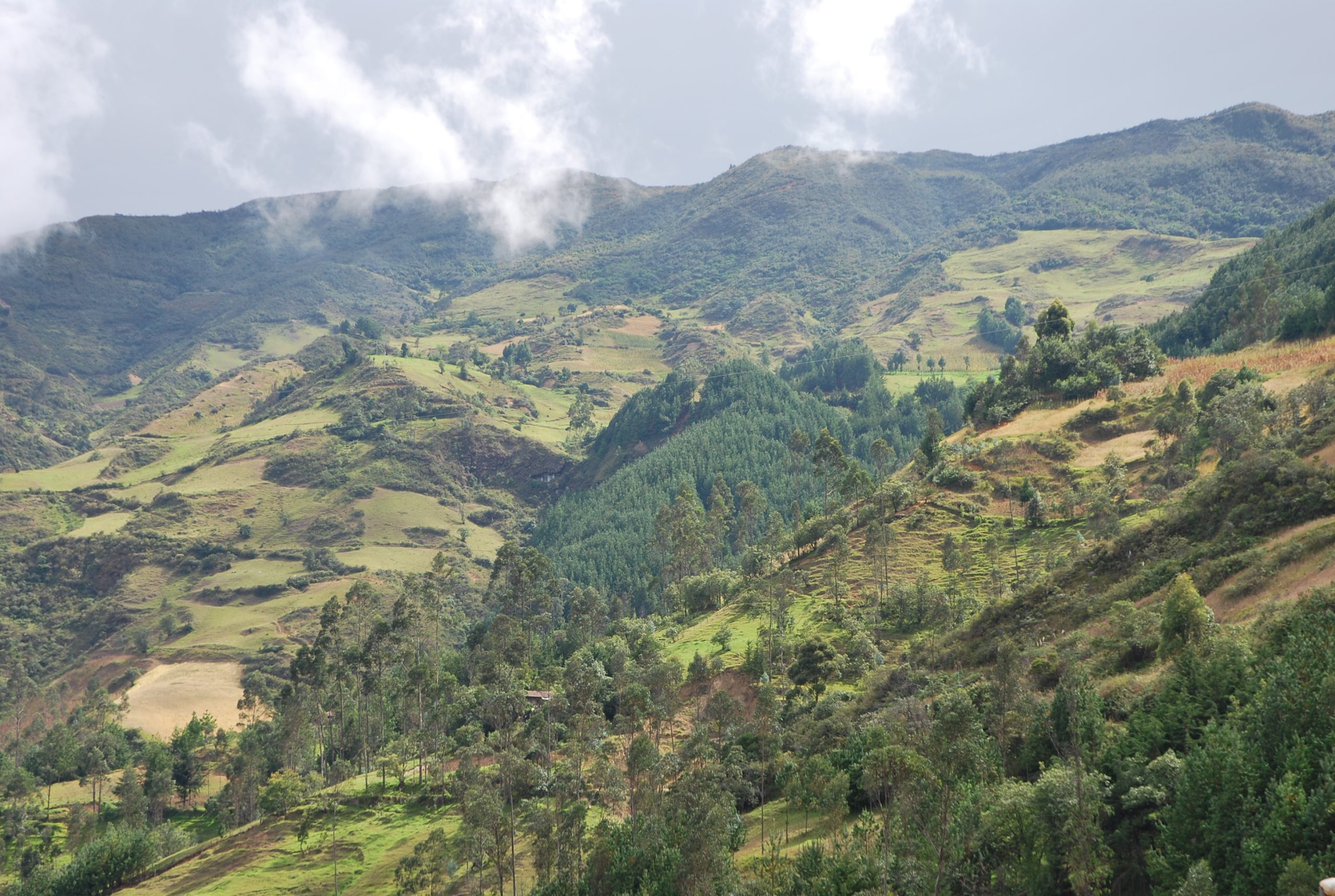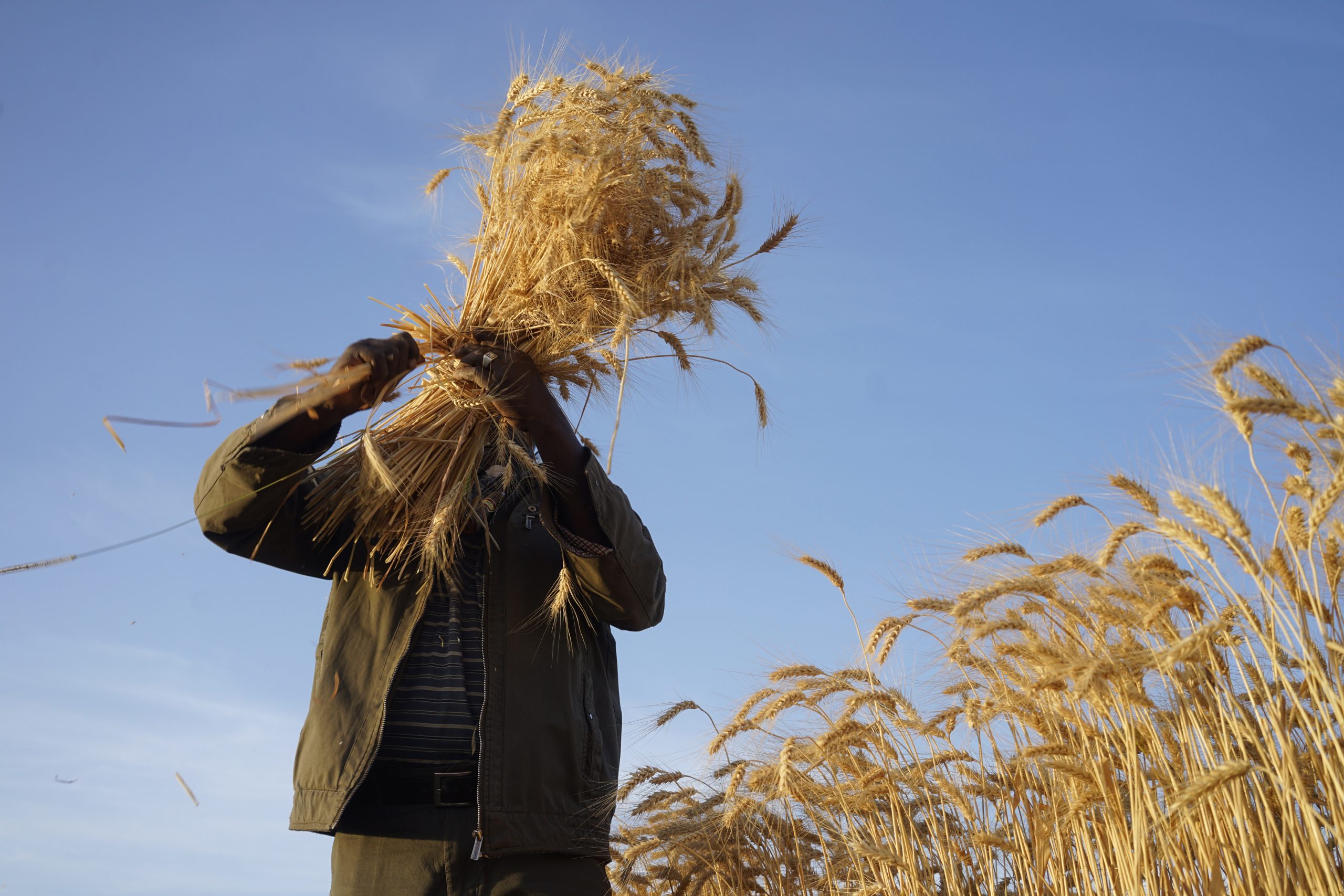CIMMYT targets some of the world’s most pressing problems: ending poverty, ensuring food for the future, mitigating climate change and improving the lives of farmers and consumers (especially women). CIMMYT is a CGIAR Research Center and has long been the world’s leading center for research on maize and wheat. This research capacity is being harnessed to achieve the crucial goals of climate resilience, and food and nutrition security.
Most of the world’s people depend on annual grain crops for their survival. Yet some of the world’s poorest men and women produce cereals. Annual grain farming has exacerbated climate change. The world’s great challenges of achieving climate resilience and nutrition security are being addressed by focusing CIMMYT’s research and development (R&D) on maize, and wheat, as well as on underutilized grain and legume crops.
Highlights from the 2022 Annual Report:
Annual cereal farming tends to release carbon into the atmosphere, while degrading the soil. Improving the soil takes years, and the high annual variation in weather demands long-term experiments. Field trials by CIMMYT over many years show that farmers can return carbon to the soil by using minimum tillage, rotating cereals with legumes, and by applying animal manure and strategic amounts of nitrogen fertilizer. As soil fertility improves, so do farmers’ yields.
Eleven million farmers in India alone produce maize, usually without irrigation, exposing families to climate-related disaster. Twenty new hybrids bred by CIMMYT out-perform commercial maize, even in drought years. One thousand tons of this heat-tolerant maize seed have now been distributed to farmers across South Asia.
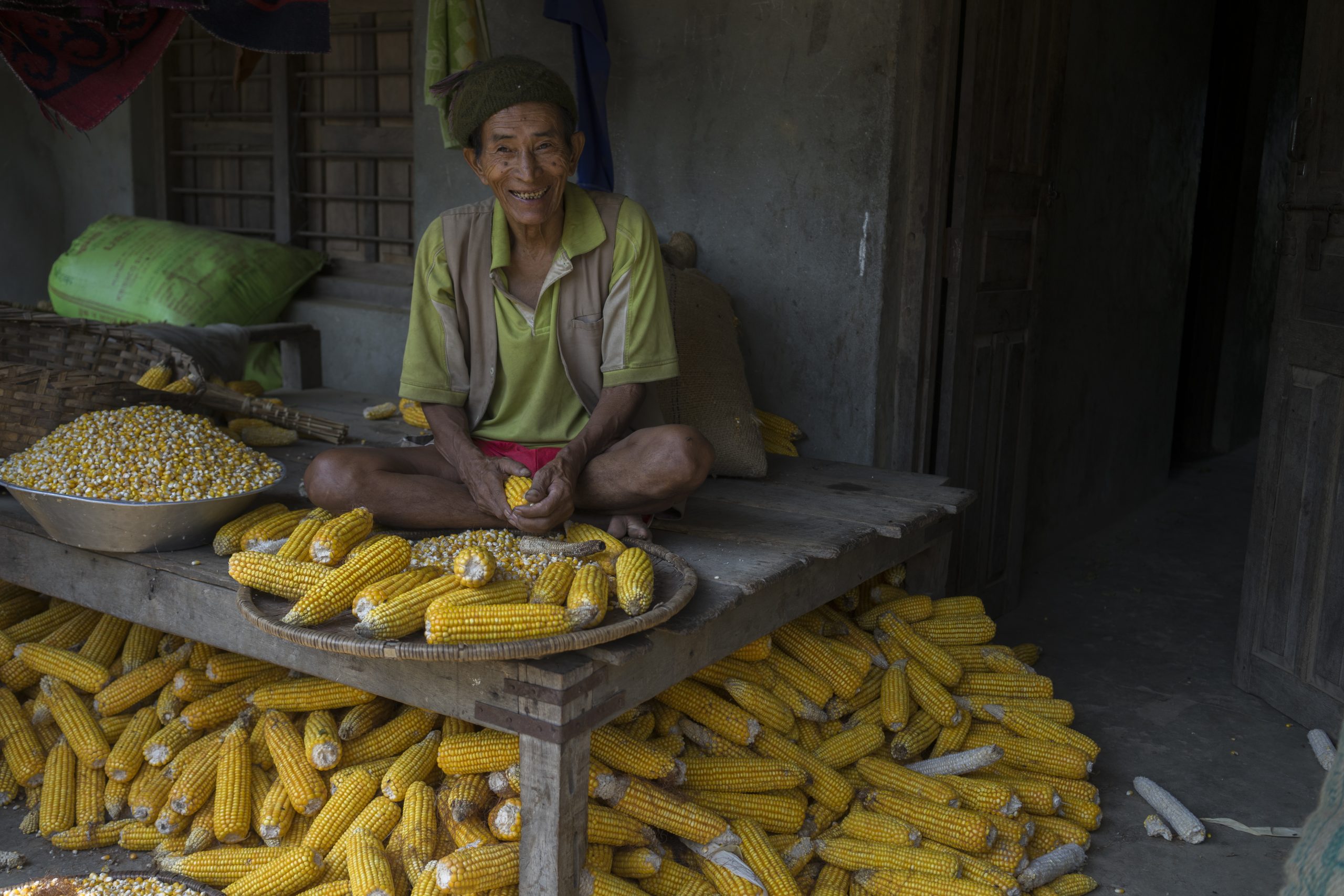
Some wheat is rich in zinc and iron, which prevent anemia, especially in children. Yet naturally-occurring phytic acid in wheat blocks the body’s absorption of these minerals. A technique developed by CIMMYT lowers the cost of assaying phytic acid, so plant breeders in developing countries can identify promising lines of wheat faster. CIMMYT is also helping to reduce food imports by learning how other crops, like cassava and sorghum, can be blended with wheat to make flours that consumers will accept.
Some wheat hotspots are warm, dry, and subject to plant diseases. CIMMYT collaborates with plant breeders worldwide through the International Wheat Improvement Network (IWIN) to test promising new wheat lines in these tough environments. As more places become warmer and drier with climate change, CIMMYT and allies are developing wheat varieties that will thrive there.
Harvesting more maize in the future will depend on higher yields, not on planting more land. In plant breeding programs in Africa, South Asia and Latin America, CIMMYT and partners are already developing maize varieties and hybrids that will be released in just a few years. A review of these efforts reveals that annual yield increases will be about twice the rate achieved from 1973 to 2012.
Sorghum, millets, pigeon pea, chickpea and groundnuts have been favorite food crops in Africa for centuries. They are already adapted to warm, dry climates. CIMMYT is now working with national research programs to ensure that new crop varieties have the traits that male and female farmers need. Seed systems are being organized to produce more of Africa’s preferred crops.
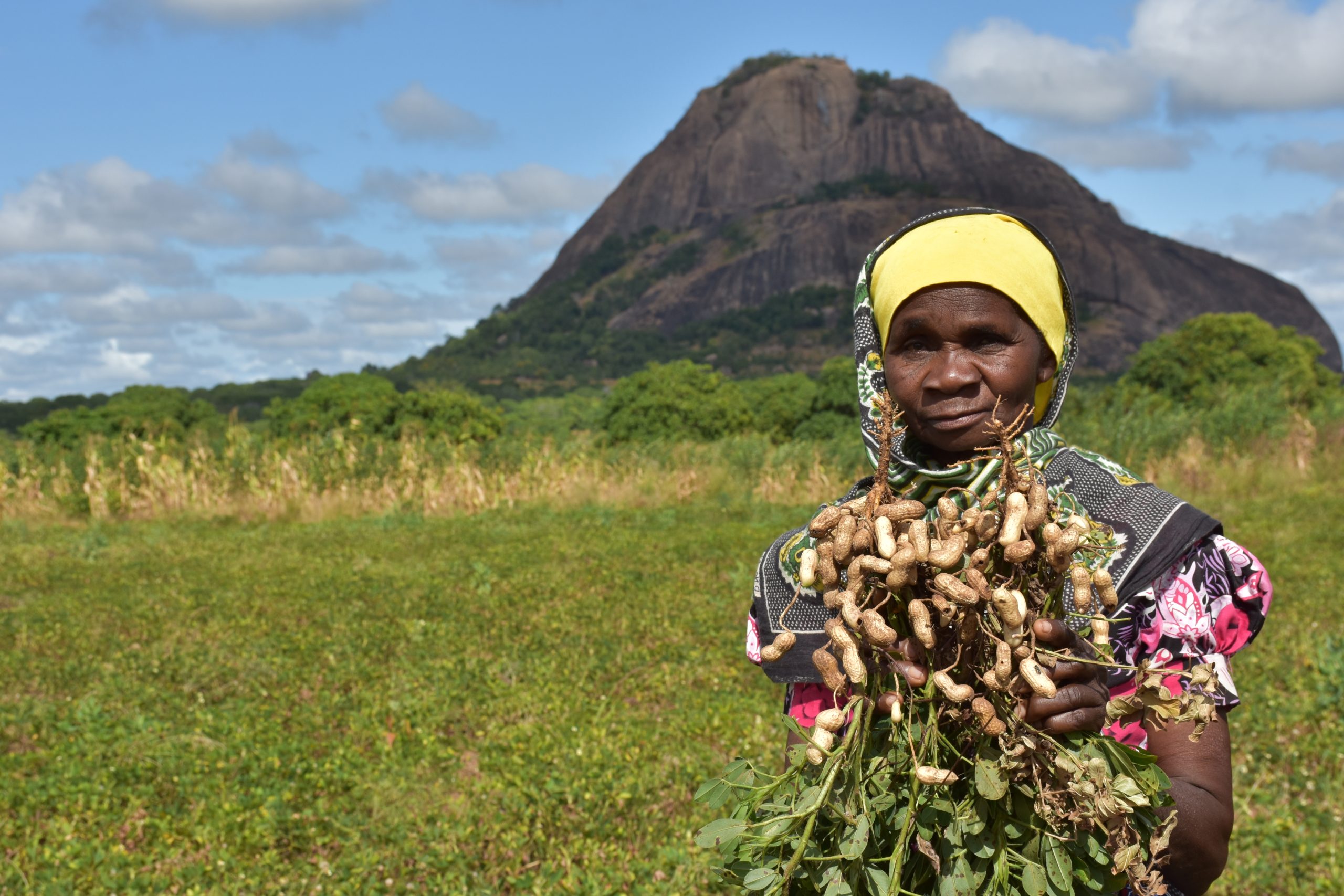
Researchers can only breed new crop varieties if someone saves the old ones from extinction. CIMMYT does that with its world-class collection of wheat and maize seed. In 2022, CIMMYT’s two separate wheat and maize germplasm banks were combined into one. Modern techniques, such as vacuum-sealed seed packets and QR codes, allow rapid response to requests for seed from plant breeders around the world.
CIMMYT is helping Nepali farmers to plant maize in the lowlands, in the spring, when most land lies fallow. In 2022, CIMMYT provided training and investment to 2,260 farmers (35% women), who earned, on average, an additional $367 in one year. The added income allowed these farmers to invest in health care and schooling for their children.
Mexican farmers are saving money, harvesting more and selling their grain more easily. Some 4,000 farmers are now selling on contract to food manufacturing companies. The farmers lower production costs by using CIMMYT innovations in irrigation, fertilizer application and ecological pest control. Yields increase, the soil improves, and farmers find a ready market for their harvest.
The stories we have highlighted in this article are just some of the ones included in the Annual Report. See the full text of all the stories in “Harvesting Success” to learn how CIMMYT scientists are doing some of the most important research, for some of the world’s best causes.
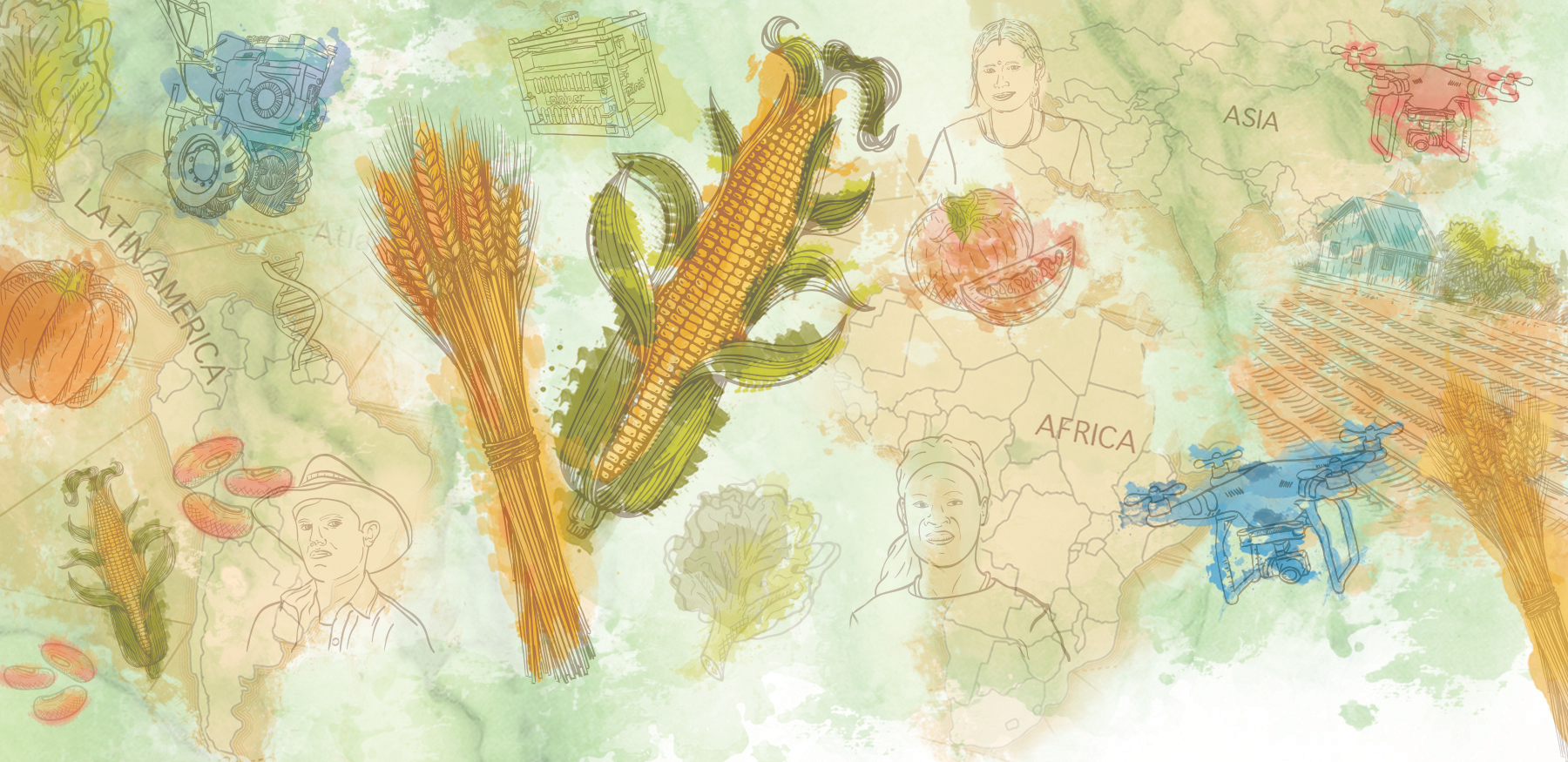
 Innovations
Innovations 